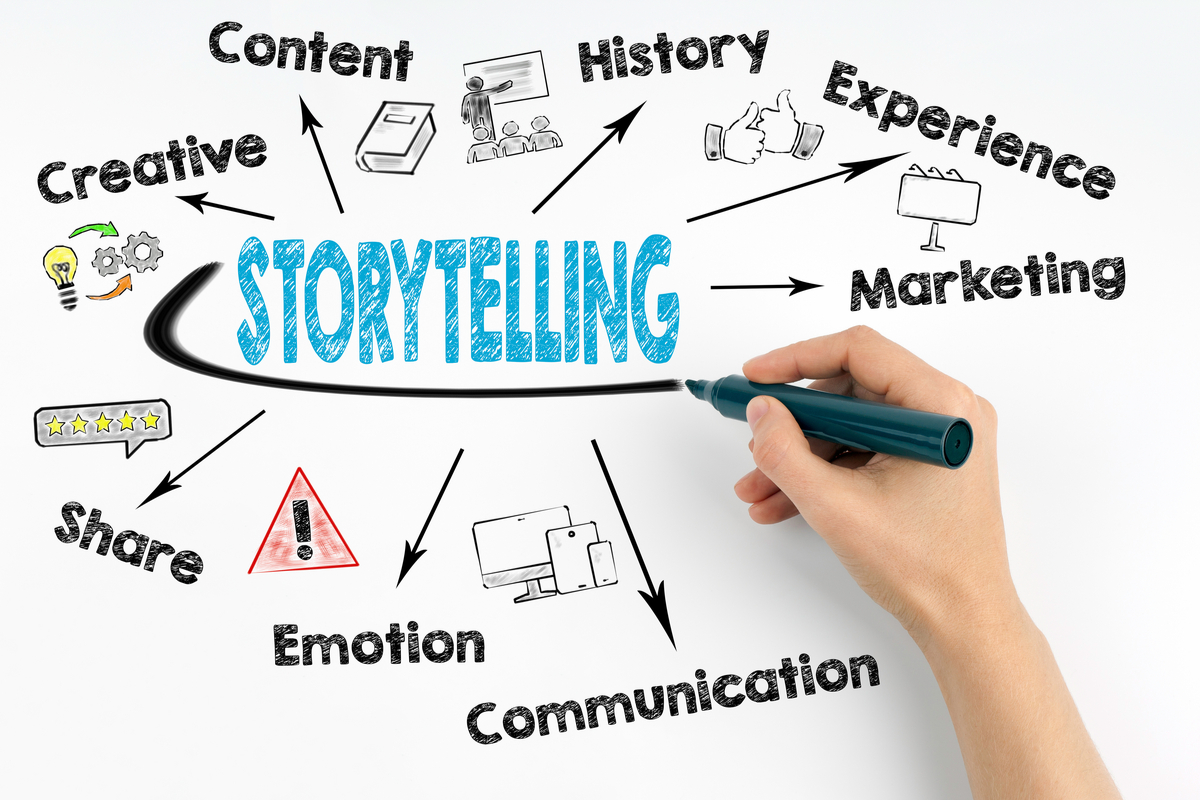
FAQ About Storytelling
Storytelling
2 years ago | gizem
How do you choose the right pacing for a story?
Choosing the right pacing for a story is crucial for maintaining reader engagement, conveying emotions, and effectively delivering the narrative. Pacing refers to the speed at which events unfold and how tension is managed throughout the story. Here's how to determine the appropriate pacing for your story:
- Understand Your Story's Genre: Different genres have different expectations for pacing. Action-packed genres like thrillers tend to have faster pacing, while literary fiction might allow for a slower pace.
- Consider Your Story's Tone: The tone of your story—whether it's light-hearted, serious, suspenseful, or contemplative—should influence the pacing. Match the pacing to the emotional atmosphere you want to create.
- Balance Action and Reflection: Alternate between moments of action, tension, and introspection. Intense scenes can be followed by quieter moments for character development and reflection.
- Characterize Your Protagonist: The protagonist's personality and goals can influence pacing. A driven and energetic character might experience events at a faster pace, while a more contemplative character might lead to a slower pace.
- Plot Complexity: The complexity of your plot can affect pacing. If the story has intricate twists and turns, pacing might need to be more measured to ensure readers can follow along.
- Climaxes and Resolutions: The pacing should build toward climactic moments and then offer resolution. Control the speed at which events lead up to these turning points.
- Use Scenes and Chapters: Structure your story with scenes and chapters that have natural ebb and flow, allowing for moments of tension and release.
- Vary Chapter Lengths: Experiment with shorter and longer chapters to create a rhythm that keeps readers engaged.
- Use Sentence Lengths: Short sentences and paragraphs can create a sense of urgency and speed, while longer, descriptive passages can slow down the pace.
- Utilize Dialogue: Dialogue can maintain a brisk pace and reveal character dynamics, making scenes more engaging.
- Show and Tell Balance: Use a mix of showing and telling to control pacing. Action and dialogue tend to be faster, while description and introspection can slow things down.
- Foreshadowing: Drop hints about future events to create anticipation, which can affect the reader's perception of pacing.
- Beta Reader Feedback: Share your work with beta readers and ask for feedback on pacing. Beta readers can offer insights on where the pacing might feel too slow or too rushed.
- Read Aloud: Reading your work aloud can help you identify where pacing feels off or where the rhythm of the prose needs adjustment.
- Break the Rules Intentionally: Sometimes, deliberately changing the pacing for a specific effect can be powerful. For example, a sudden burst of action in a normally slow-paced story can be attention-grabbing.
- Edit and Revise: During editing, pay close attention to the pacing of each scene and chapter. Trim unnecessary details that might slow down the pace.
